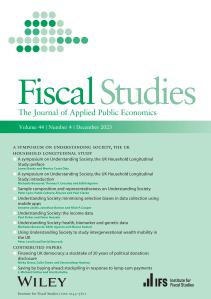In terms of collecting comprehensive panel expenditure data, there are trade-offs to be made in terms of the demands imposed on respondents and the level of detail and spending coverage collected. Existing comprehensive spending data tends to be cross-sectional whilst panel studies include only limited expenditure questions that record spending only as broad aggregates. More recently, economists have begun to use spending information collected by market research companies that records very detailed spending down to the barcode level from a panel of households, usually recorded by in-home barcode scanners, which may provide considerable advantages over existing data more commonly used in social sciences. However, there has not been a comprehensive assessment of the strengths and weaknesses of this kind of data collection method and the potential implications of survey mode on the recorded data. This paper seeks to address this, by an in-depth examination of scanner data from one company, Taylor Nelson Sofres (TNS), on grocery purchases over a five-year period. We assess how far the ongoing demands of participation inherent in this kind of survey lead to 'fatigue' in respondents' recording of their spending and compare the demographic representativeness of the data to the well-established Expenditure and Food Survey (EFS), constructing weights for the TNS that account for observed demographic differences. We also look at demographic transitions, comparing the panel aspect of the TNS to the British Household Panel Study (BHPS). We examine in detail the expenditure data in the TNS and EFS surveys and discuss the implications of this method of data collection for survey attrition. Broadly, we suggest that problems of fatigue and attrition may not be so severe as may be expected, though there are some differences in expenditure levels (and to some extent patterns of spending) that cannot be attributed to demographic or time differences in the two surveys alone and may be suggestive of survey mode effects. Demographic transitions appear to occur less frequently than we might expect which may limit the usefulness of the panel aspect of the data for some applications.









